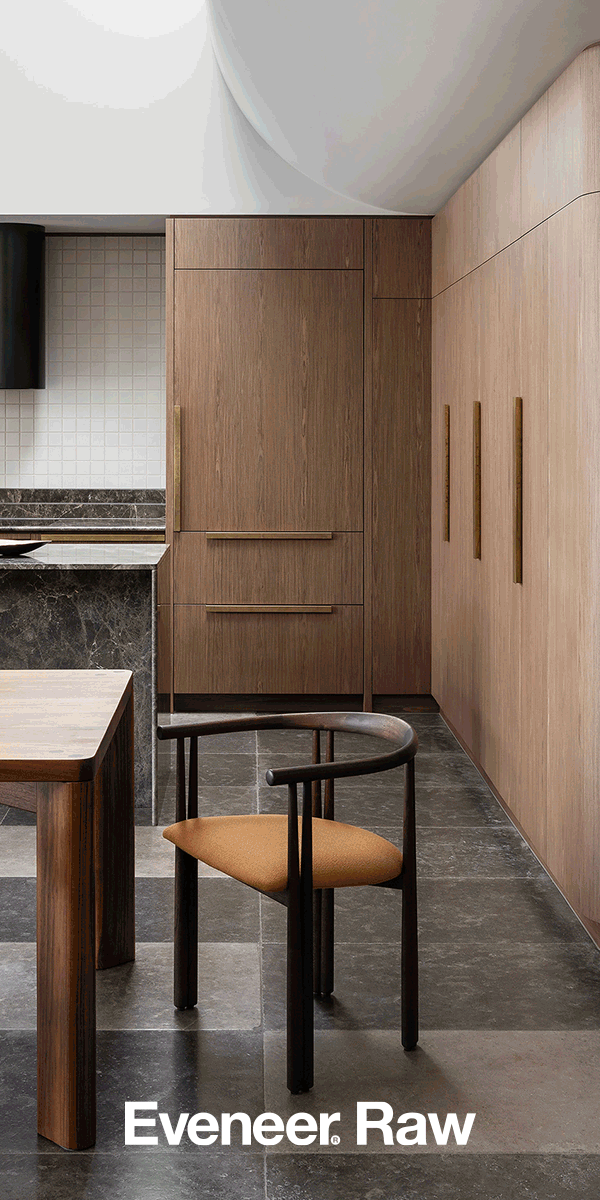A curated seletion of notable exhibitions, events and publications
Folk Costumes, Indo-Pacific Air
Edited by Guillermo Fernández-Abascal and Urtzi Grau
Essay
Liza Walling
Photography
Hamish McIntosh

From Spanish architects and frequent collaborators Guillermo Fernández-Abascal and Urtzi Grau comes Folk Costumes, Indo-Pacific Air, an account of the region’s masked state.
Folk Costumes, Indo-Pacific Air opens by asking what the Indo-Pacific – a strategic region designated by diplomatic circles in the 1920s and containing cities as diverse as Johannesburg, Santiago, Sydney, Delhi and Hong Kong – might have in common beyond geopolitics. The collection’s editors, Guillermo Fernández-Abascal and Urtzi Grau, posit that this commonality is air – a suggestion that recalls protests, pollution and the pandemic – and the wearable architecture that attends this phenomenon: the mask.

To think with masks as a way of visualising the shared air of a nebulous and diverse region, Fernández-Abascal and Grau bring together architects, artists, scientists and academics working across different disciplines. Here, we are made to understand that though masks are an apparatus designed for individual wear, they lose all meaning and serve no function if they are not situated within a society and nvironment. As Juan Elvira states in his essay ‘Face Politics and the Micro-architectures of Immunity’:
“Immunity and community share a deep relationship. There is no community without some type
of immunity apparatus.”
Unlike so much of what is written with reference to the Covid-19 pandemic, this collection’s essays are not constrained to a past or present moment. As we start to travel regularly again and have our faces scanned at e-gates, as we watch the brouhaha around nuclear submarines unfold, as we work more flexibly and join routine Zoom meetings with our backgrounds gently blurred, examining masks feels prescient.
Although air is a lens through which to think about the Indo-Pacific, the genesis of the region remains conflict. This tension is addressed directly in the fourth interlude of the collection. Samaneh Moafi takes us through Forensic Architecture’s investigation of the Chilean Carabineros’ use of teargas against protesters in Plaza de la Dignidad in Santiago de Chile, arguing forcefully that air itself can be and is weaponised through the use of teargas – and that, as a weapon, teargas must be prohibited. It feels appropriate that the air in the Indo-Pacific is examined so explicitly through control and governance in this section, which also includes a record of proceedings from the Supreme Court of India regarding air pollution. The proceedings’ formal language is juxtaposed with Fernández-Abascal and Grau’s Folk Costumes – DIY-aesthetic apparatuses expertly photographed by Matteo Dal Vera so as to appear sociable and integrated into everyday life.

The collection is organised, aptly, with space to breathe. Each essay’s unique tone and structure forms a distinct segment in a rhythmic whole, creating moments in which to consider different histories and perspectives. This is especially true of the image-based contributions. There are representations of events of which we might have an embodied memory, such as Hamish Macintosh’s Bushfire Smoke, Sydney series documenting the Black Summer, alongside speculative work that visualises economies and technologies, such as Sharbendu De’s An Elegy for Ecology series, whose characters have digital stares and are awash in a blue hue – both electronic light and polluted atmosphere.
The currents of biopolitics, inequality, digital worlds and resistance are woven together in the final essay, a translation of Achille Mbembe’s ‘The Universal Right to Breathe’. Transdisciplinary collections, such as this one, often need poetic texts to bring together not only the themes but also an otherwise ineffable attitude – Mbembe’s text powerfully does both.
Folk Costumes, Indo-Pacific Air, edited by Guillermo Fernández-Abascal and Urtzi Grau, includes contributions by Dean Cross, Hamish McIntosh, Peter McNeil, Hélène Frichot, La Escuela Nunca y Otros Futuros, Lidia Morawska, Juan Elvira, Matthew Connors, Ricarda Bigolin, Peter Irga and Fraser Torpy, Sharbendu De, Enoch Cheng, Samaneh Moafi, Sumayya Vally, Matteo Dal Vera and Achille Mbembe. Published by Art Paper Editions (Ghent) and distributed in Australia by Perimeter.



